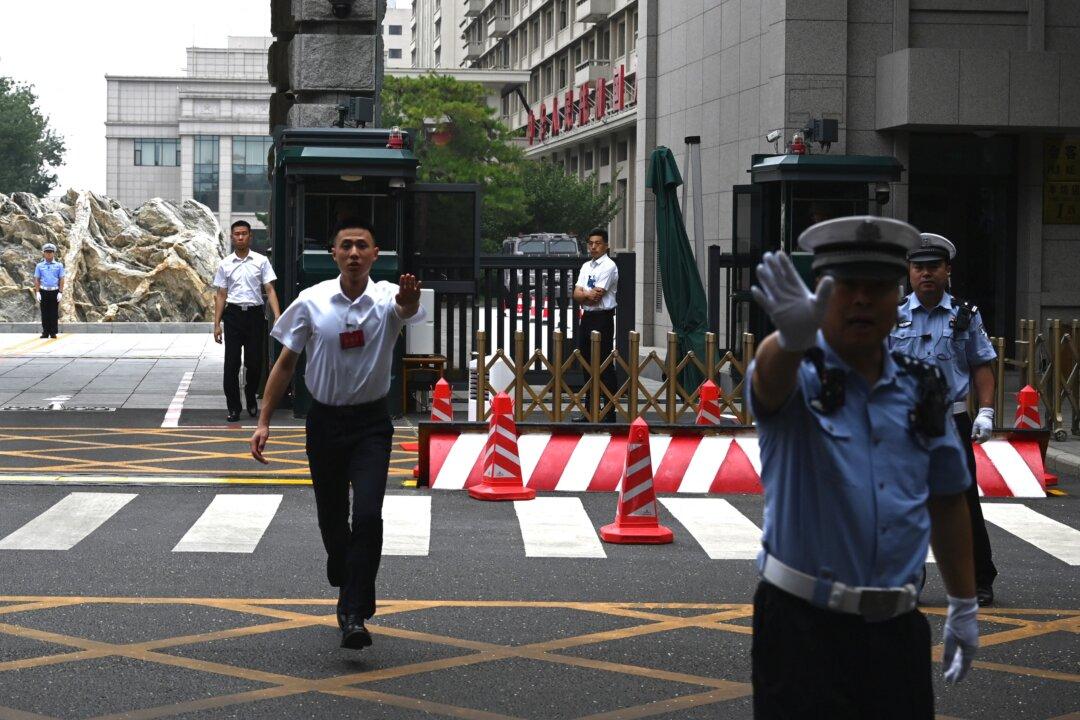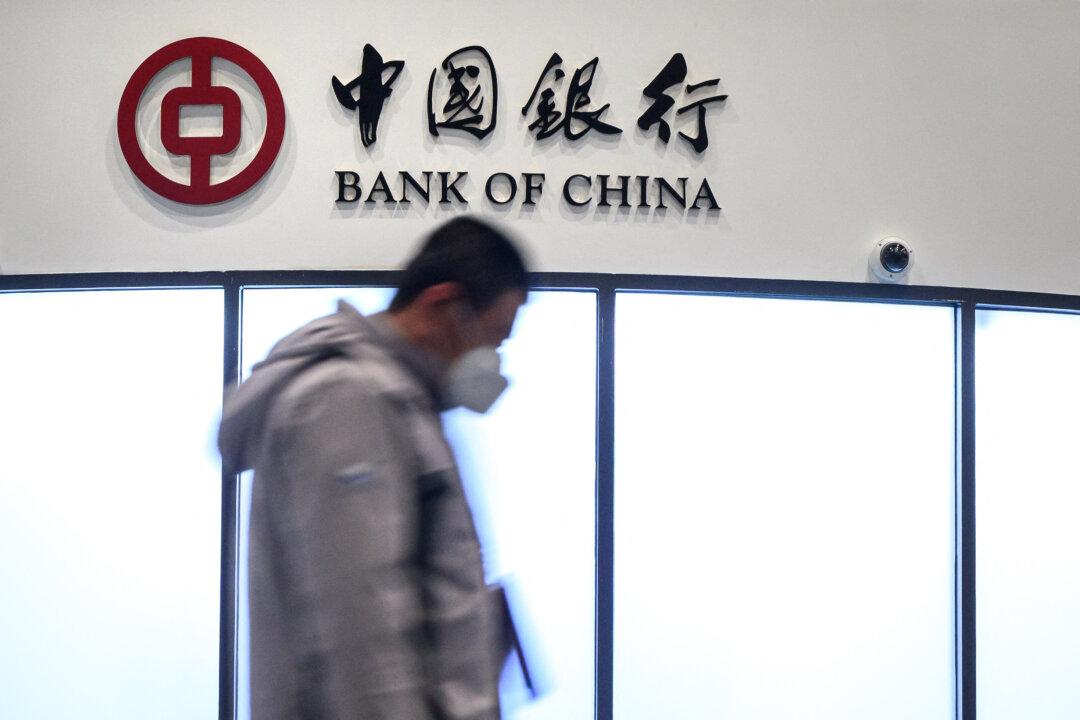Independent research pegged China’s fourth quarter GDP growth at 1.7 percent, a mere fraction of the official growth rate of 7.3 percent announced by China last month. That estimate, combined with other bearish economic data, suggests Asia’s biggest economy could be in dire straits.
China’s real GDP growth plummeted to 1.7 percent in Q4, estimated the London-based Lombard Street Research, which has been independently analyzing Chinese economic figures for over a decade. Full-year GDP growth was estimated to be around 4.4 percent, three percentage points lower than official regime figures released last month.
The metrics are alarming, given that even the officially released Chinese Communist party GDP growth figure is still the lowest since 1990, and below the 8 percent floor the regime set for itself in 2010 and modified by Premier Li Keqiang in 2013 to 7.3 percent—believing that anything lower would fuel social unrest and threaten the party’s hold on power.
“China is beset by the largest capital outflows on record, which are tightening domestic monetary conditions, while industrial profits have stagnated for an unprecedented third straight year,” wrote Diana Choyleva of Lombard Street in a research note to clients. “It is clear that Beijing will need to support the economy if it is to avoid a dangerous collapse.”





